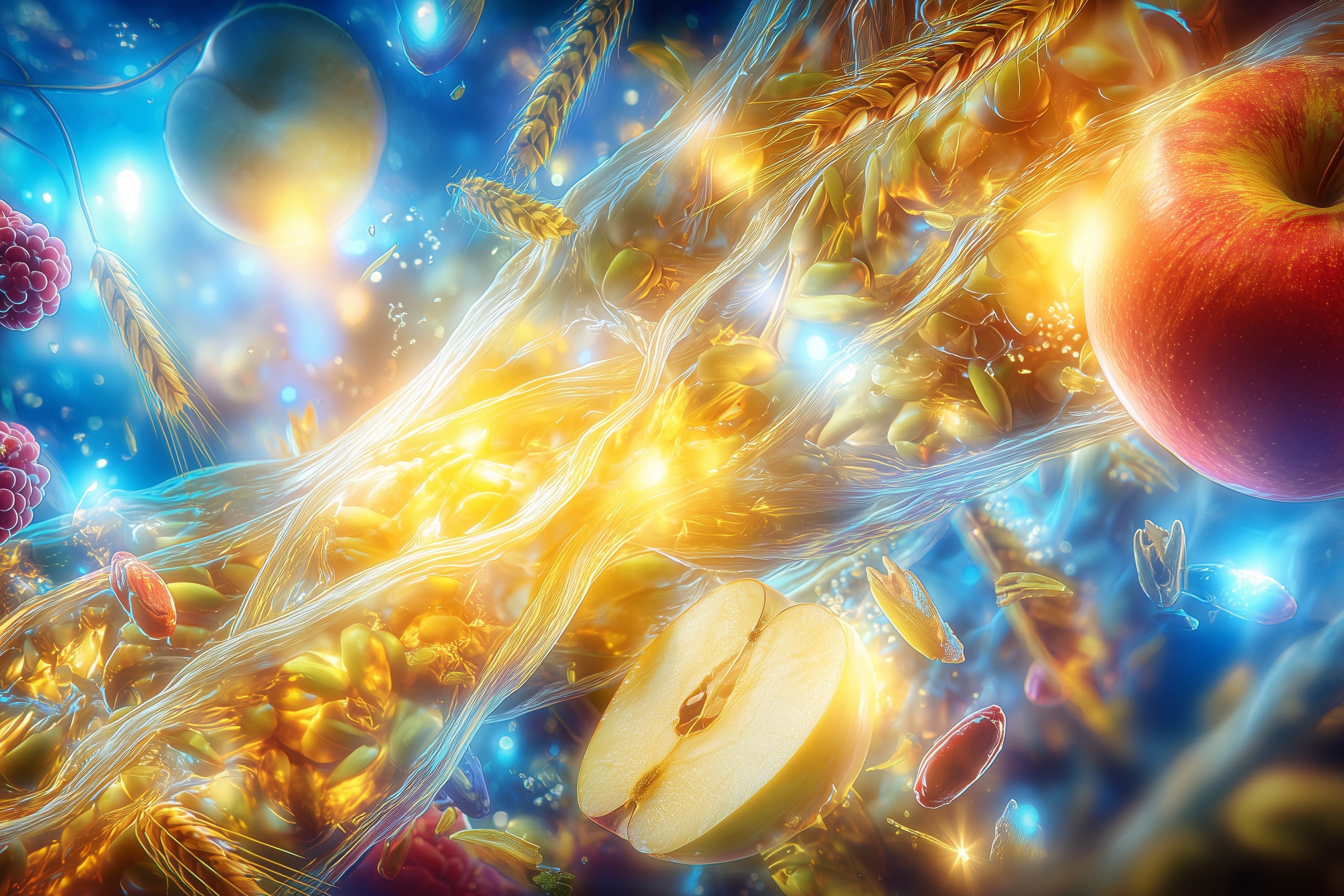Misunderstandings in dealing with the little ones
Viruses don’t have a good reputation these days. In conversations with friends or acquaintances, the word “virus” is automatically associated with something negative. Often, out of ignorance, untruths are spread that can in turn cause confusion and fear. The word “virus” comes from Latin and means juice, slime, poison. So “nomen est omen?”
First of all, viruses are not bacteria! Humans are actually more closely related to a bacterium than viruses are to bacteria. This is because viruses are not life forms at all. Bacteria, on the other hand, are living cells with their own metabolism. Viruses, however, are not dead like a lump of rock either. That’s why people like to refer to them as “borderline crossers at the edge of life”.
Most viruses are harmless
We usually know viruses as pathogens that cause a wide variety of infections and illnesses. These pathogens have a firm place in history and have been the cause of great human dramas. However, it was usually external factors, such as poor hygiene or a lack of waste disposal, that were ultimately responsible for the illnesses. Most viruses coexist peacefully with us and, together with human cells and bacteria, form the actual human being. They are the oldest biological elements on Earth. While the first primordial cells emerged 3.8 billion years ago, they were already on our planet 100 million years before that! They are, so to speak, the “mother of all life forms” and have accompanied the cells throughout their development. Ironically, however, the mother herself is not counted as a life form.
Half of the human genetic material consists of virus residues. They have the ability to insert themselves into the genetic material in our cells and also to reproduce with it.
The viruses live in us in a finely balanced equilibrium. They have no interest in destroying their host. However, if the balance is disturbed from the outside, diseases can develop.
More viruses than stars in the sky
There are more viruses than stars in the sky. Our planet is populated by about 1033 viruses, 1031 bacteria and 1010humans. Stars there are about 1025. We can explain this with the age of the viruses, but also with their highly adapted way to reproduce. Because unlike a bacterium, a virus needs a host: this can be a microorganism or a multicellular organism like humans.
Viruses cannot reproduce themselves
Viruses do not have their own metabolism and therefore cannot produce their own building blocks. However, they carry the genetic information for this in their genetic material. Therefore, a virus only needs to dock onto a cell and introduce the genetic material into the cell. For this reason, a virus consists only of DNA or RNA and proteins. Inside the cell, the DNA or RNA of the virus takes over and brings the host’s metabolic systems under its control: the cell becomes a giant virus production machine that eventually releases tens of thousands of viruses into the environment, bursting itself in the meantime. This is called the lytic cycle.
However, destruction is not always favorable for the virus. That is why it can also insert itself into the genetic material of the host and reproduce with it. This is called the lysogenic cycle. A virus can also switch from a lysogenic cycle to a lytic cycle. The herpes virus is an example of this.

There is no such thing as “virus-free”
Humans are constantly surrounded by viruses in their environment. Just by eating a leaf of lettuce, countless viruses are introduced into the human body. We are literally swimming in a sea of viruses.
Therefore, the belief that we can live “virus-free” is a dangerous fallacy. To do that, we would have to eliminate the 10,000 trillion viruses in our body alone, along with their remnants in our cells, which would inevitably result in our death. A virus can enter our body through any opening. With an average size of only 10 to 350 nm, it is small enough to get into every hidden corner. Covering the mouth and nose with special virus-proof masks is not enough, because they can also enter through the eyes. In special laboratories, researchers protect themselves with special suits. But these also pose dangers because the finest cracks often remain undetected.
For the mass media, viruses are our enemies
Mass media like to use sensational headlines for particularly high click rates and thus create the impression that we are at war with viruses. This is completely untrue. We are in balance! And if the balance is disturbed, then humans have the most important defense against infections, which has enabled them to survive so far: the immune system.

Our super weapon: the immune system
A body that is mobilized by sufficient exercise and also supplied with all the necessary nutrients has a highly efficient immune system that offers protection against almost all known pathogens. However, the emphasis is on supply! Lack of exercise and wrong nutrition let our immune cells become ” lethargic ” and the balance is put in danger. Suddenly, a virus can multiply more than intended because humans have neglected their most important defense weapon, the immune system.
However, it is not necessary to take drugs that strengthen the immune system or stimulate the formation of antibodies. Often the risks of these drugs far exceed the benefits. It cannot be emphasized often enough: people generally do not need medication! A conscious eating style, which ensures the supply of all (!) nutrients and sufficient (!) lifelong exercise are sufficient for most people to strengthen the immune system, and thus ensure a long and healthy life.
Our own laziness is our very biggest enemy
However, we have forgotten to take care of ourselves and our immune system. We prefer to rely on the seemingly quick help from the outside, regularly take medications and thereby harm our body and our cells to a considerable extent. Reaching for the medicine cupboard seems less exhausting than jumping off the couch. We do not realize that we are drifting into a life of illness and low quality.
And that is certainly not the fault of the viruses! (JS)
Adobe Stock / Tartila – stock.adobe.com
Header: Adobe Stock / Siarhei – stock.adobe.com



